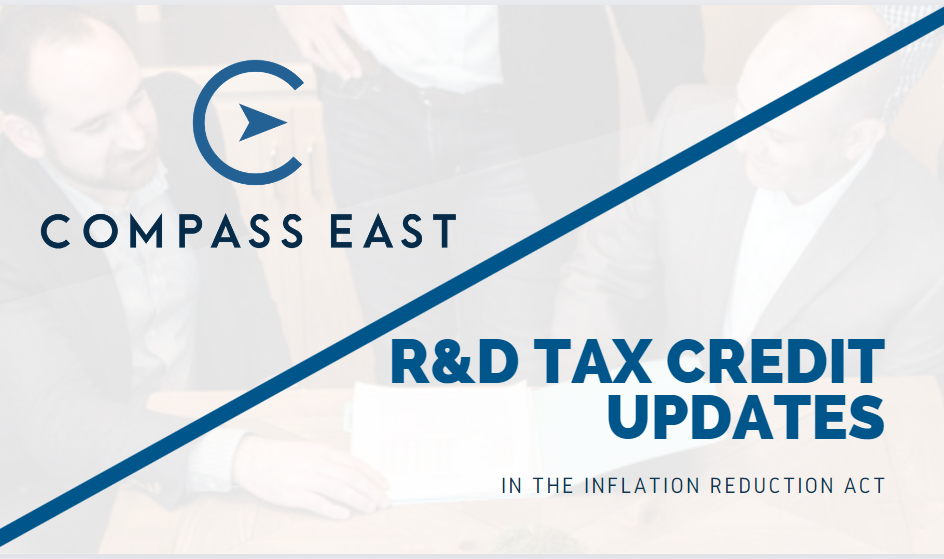The Inflation Reduction Act, passed on August 16, 2022, includes a provision for the research and development (R&D) tax credit. The act increased this tax credit from a $250,000 maximum to $500,000 starting with tax years after December 31, 2022. This change means some startups and small businesses can realize a generous tax break in future tax years.
We’ll review what the R&D tax credit is, how this new legislation affects it and what these changes mean for your business.
Overview of R&D Tax Credit for Startups
The R&D tax credit is a payroll tax credit for companies that conduct qualifying research and development projects in the United States. A “qualifying” R&D must meet these four requirements:
- Qualified: The project must have a specific and defined purpose.
- Elimination of uncertainty: The project must legitimately advance the company’s business or products.
- Experimental: The company must document its trial-and-error or scientific method process.
- Technical: The project must be based on a hard science like engineering or biology.
The credit offsets payroll taxes, reducing your tax burden and improving your cash flow. This credit benefits many startups, including those not making a profit. Before the Inflation Reduction Act, the tax credit was for 10% of qualifying R&D, maxed out at $250,000, and applied to the Social Security portion of payroll tax.
What’s New With the Inflation Reduction Act R&D Tax Credit
Under the new legislation, the maximum tax credit a company can receive for qualifying R&D is $500,000. This change doubles the amount of R&D tax credit startups can apply against their payroll taxes. The tax credit can also apply to the Medicare portion of taxes.
The primary advantage of this change is that startups that meet the maximum can reduce their payroll taxes by $500,000, which is a substantial credit for any company. Businesses that do not have income tax liability can also benefit from this credit.
Only qualified small businesses (QSB) can get this Inflation Reduction Act tax credit advantage. A QSB meets these two requirements:
- Has less than $5 million in revenue (annual gross receipts) for the taxable year
- Has revenue (annual gross receipts) for fewer than five prior years
Potential Drawbacks of the Inflation Reduction Act Tax Credit Legislation
Though the Inflation Reduction Act doubled the amount of credit available, your company may not necessarily receive double the credit. The R&D tax credit is calculated based on your company’s amount of R&D spending. Many early-stage startups do not spend enough to qualify for a $250,000 tax credit, meaning these companies will not benefit from this new legislation in the way later-stage startups might.
Mature startups may also receive fewer benefits from the R&D tax credit for startups. If your company has made revenue for more than five years or has more than $5 million in revenue, you may not meet the requirements to take advantage of this credit.
Contact Compass East to Learn What the R&D Tax Credit Changes Mean for Your Business
The Inflation Reduction Act R&D tax credit changes offer an exciting opportunity for small businesses and startups. Compass East is ready to help you improve your company’s financial growth. Understand your business’s R&D credit opportunities by contacting the advisors at Compass East today.
